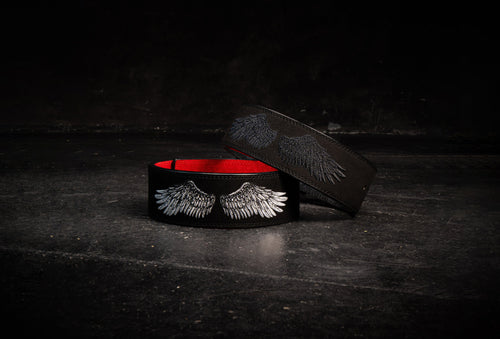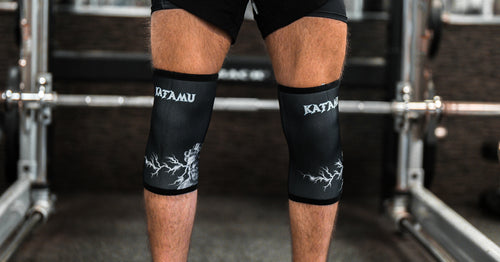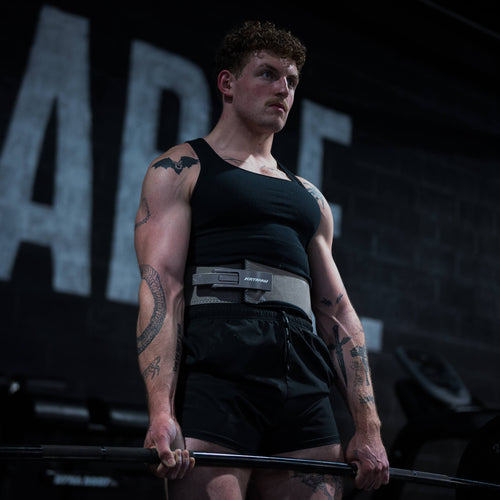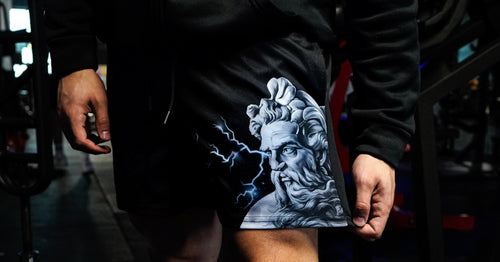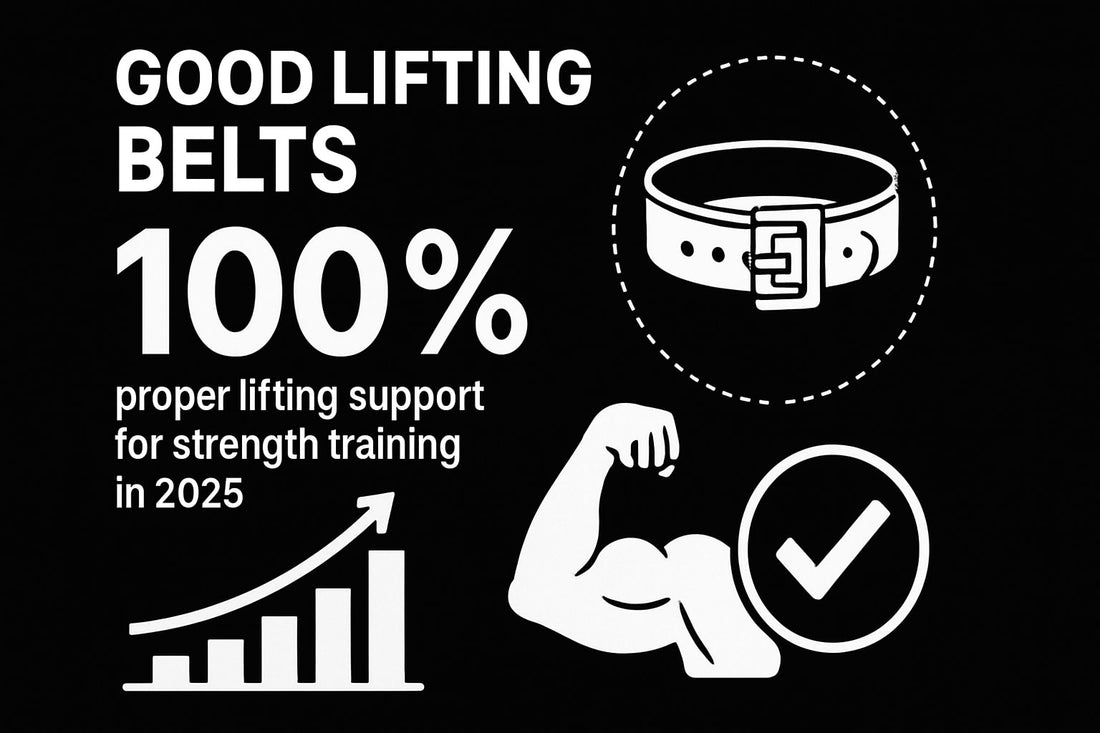Did you know that strength training injuries have risen by 15% in the past year, with most incidents linked to poor lifting support? In 2025, prioritizing back protection is more critical than ever.
Lifting without proper back support can lead to strains, herniated discs, and long-term setbacks. Recent data highlights the need for better awareness in gyms everywhere.
Choosing good lifting belts can be the game changer. The right belt not only boosts your performance but also enhances safety and confidence, no matter your experience level.
In this article, we’ll break down seven essential lifting belts for 2025, explain what makes each unique, and show you how to pick the perfect fit for your goals.
Why a Good Lifting Belt Matters in 2025
Choosing good lifting belts is more important than ever as strength training evolves. Decades ago, belts were simple leather straps, but today, they feature advanced materials and ergonomic designs. Modern good lifting belts prioritize comfort, safety, and style, reflecting a major shift in how lifters approach their gear.
The Evolution of Lifting Belts
Lifting belts have a long history in strength sports. Early versions were thick, rigid, and lacked adjustability. Over time, brands invested in better materials, such as premium leather and reinforced nylon. Recent years brought ergonomic curves and precision closures, making good lifting belts more supportive and comfortable.
Today’s belts are designed for a snug fit and optimal pressure distribution. Innovations like lever closures and self-locking buckles ensure lifters can adjust their belts efficiently, whether prepping for a heavy squat or a dynamic Olympic lift.
Scientific Backing and Injury Prevention
Studies consistently show that using good lifting belts can reduce injury rates among lifters. Research highlights how belts increase intra abdominal pressure, stabilizing the core during heavy lifts. This support protects the spine and helps prevent strains, especially under maximal loads.
A well fitted belt does more than boost confidence. It provides a physical reminder to brace the core, which is vital for safe and effective lifting. Scientific consensus continues to endorse good lifting belts as a key tool for injury prevention in strength training.
Differences Between Powerlifting, Weightlifting, and Functional Fitness Belts
Not all good lifting belts are created equal. Powerlifting belts are typically wider and thicker, offering maximum rigidity for squats and deadlifts. Weightlifting belts taper at the front, allowing more mobility for cleans and snatches. Functional fitness belts focus on lightweight materials and quick adjustment for fast paced workouts.
For a detailed comparison of how belt design impacts both performance and safety, see this helpful guide on the Differences Between Powerlifting and Weightlifting Belts. Understanding these differences helps athletes choose good lifting belts that match their training style.
| Belt Type | Width/Thickness | Closure Type | Best For |
|---|---|---|---|
| Powerlifting | 10-13mm, wide | Lever/prong | Heavy squats, deadlifts |
| Weightlifting | 6mm, tapered | Prong/buckle | Cleans, snatches |
| Functional Fitness | 4-inch, nylon | Velcro/quick-lock | WODs, dynamic lifts |
Modern User Needs and Market Trends
Demand for good lifting belts has surged in 2024 and 2025. Lifters want gear that balances support, comfort, and style. Brands now offer belts in various colors, materials, and sizes to cater to all athletes.
User reviews highlight the importance of adjustability and breathability. Many lifters prefer belts that are easy to fasten and remove between sets. The rise in sales and positive feedback show that good lifting belts are no longer a niche accessory, but an essential part of every gym bag.
What to Look for in a Lifting Belt
When shopping for good lifting belts, pay close attention to thickness, width, and material. Leather belts offer rigidity and durability, while nylon provides flexibility. Closure types like lever, prong, or Velcro affect how quickly you can adjust your belt.
Competitive lifters should check for certifications, such as IPF or USAPL approval. Proper sizing is crucial, as a poorly fitting belt can compromise support. Investing in a quality belt ensures both safety and performance gains in your training.
7 Essential Good Lifting Belts for Maximum Support in 2025
Choosing from the many good lifting belts available can feel overwhelming, especially as new designs and brands enter the market each year. In 2025, lifters have access to more options than ever, but picking the right belt is still essential for safety, confidence, and peak performance.
Below, we break down seven of the most highly recommended good lifting belts for all types of athletes. Whether you are a beginner, a seasoned powerlifter, or a functional fitness enthusiast, this list has you covered. Let’s dive into what makes each belt stand out, so you can find the perfect fit for your training journey.
Katamu Co Premium Lever Belt
The Katamu Co Premium Lever Belt is a standout among good lifting belts for 2025, blending craftsmanship, support, and style. Priced between $139 and $179, it’s a premium investment, but it delivers unmatched value for serious lifters.
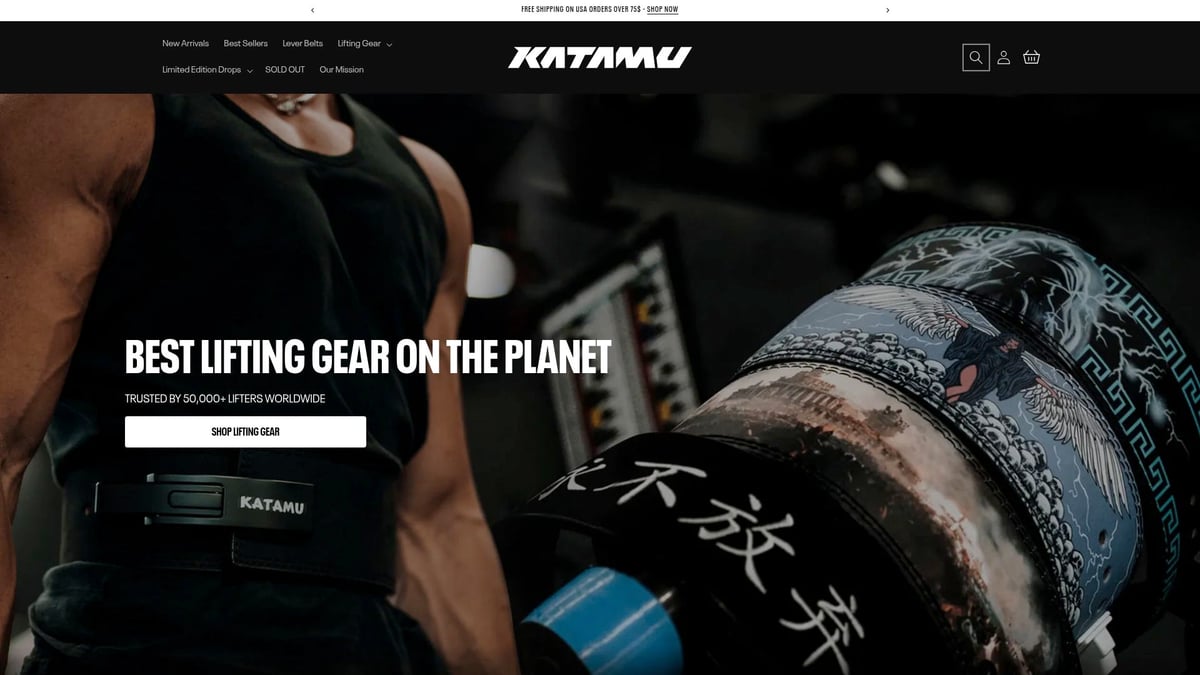
Key Features:
- Available in both 10mm and 13mm thicknesses for tailored support.
- Crafted from premium leather, promising longevity and a comfortable fit.
- Unique limited-edition designs that let you express your personality in the gym.
- Sturdy lever closure for quick, secure adjustments.
- Inclusive size range, fitting most body types.
Benefits:
- Exceptional back support and core stability during heavy lifts.
- Durable build that stands up to years of intense training.
- Motivational branding, helping you stay inspired.
- Free wrist wraps included with each purchase.
Target Audience:
This belt is perfect for average gymgoers, powerlifters, bodybuilders, and anyone who wants their gear to reflect their style and commitment to quality.
Pros:
- Outstanding build quality and reliability.
- Eye-catching aesthetics that stand out.
- 30-day money-back guarantee and a 1-year warranty.
- Trusted by over 50,000 lifters worldwide.
Cons:
- The premium price point may not fit all budgets.
- Lever belts require a tool for size adjustment, which can be less convenient.
If you want to explore more good lifting belts from Katamu and see the latest collections, check their Lifting Belt Collections Overview.
Rogue Ohio Lifting Belt
The Rogue Ohio Lifting Belt holds its place among the best good lifting belts, especially for those who appreciate traditional craftsmanship. With a price tag of $140 to $155, it’s a mid-range option that doesn’t compromise on quality.
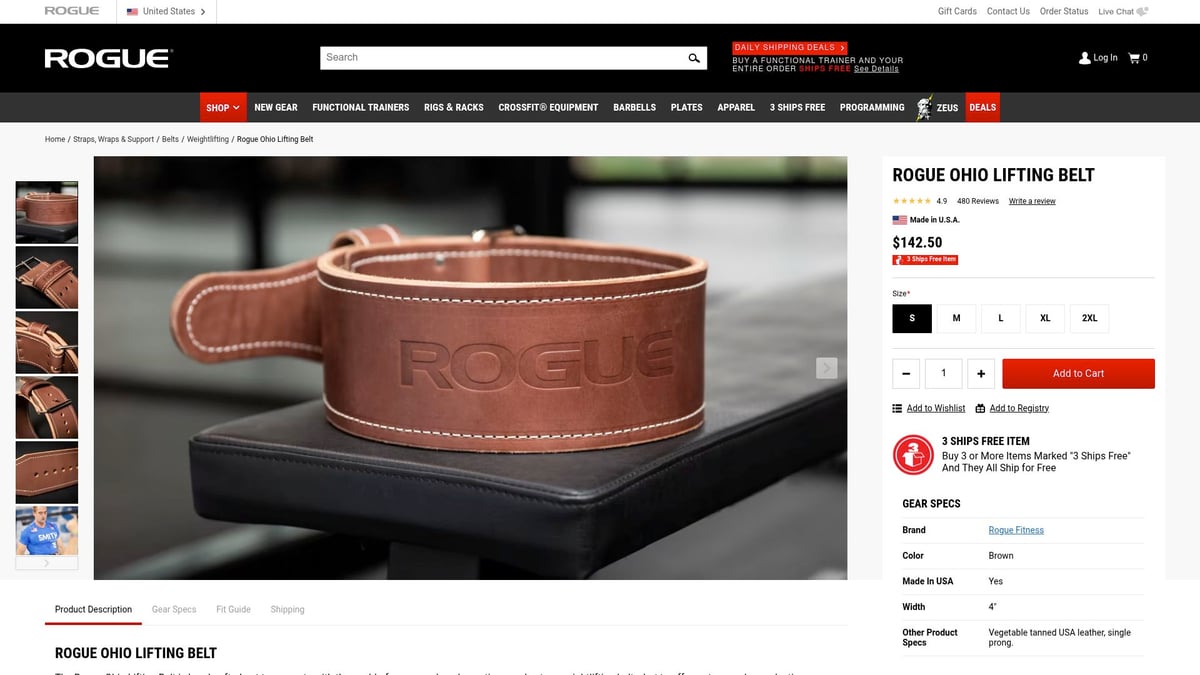
Key Features:
- 10mm thick vegetable-tanned leather for classic rigidity and support.
- Single-prong buckle, making it easy to fasten and adjust.
- Made entirely in the USA.
- Approved by the International Powerlifting Federation (IPF).
Benefits:
- Breaks in quickly, adapting to your body for a custom feel.
- Reliable support for both powerlifting and general strength training.
Target Audience:
Powerlifters, strength athletes, and those seeking a no-nonsense, traditional leather belt.
Pros:
- Known for high durability and a comfortable fit once broken in.
- Consistently strong customer reviews highlight its performance.
Cons:
- Limited color and design options; it’s focused on function over flair.
- The belt may feel stiff during the initial break-in period.
For lifters who value heritage and straightforward design, this is a classic example of good lifting belts that never go out of style.
SBD 13mm Lever Belt
When it comes to maximum support, the SBD 13mm Lever Belt is a top contender in the world of good lifting belts. At approximately $240 (£189.99), it’s a premium choice built for serious strength athletes.
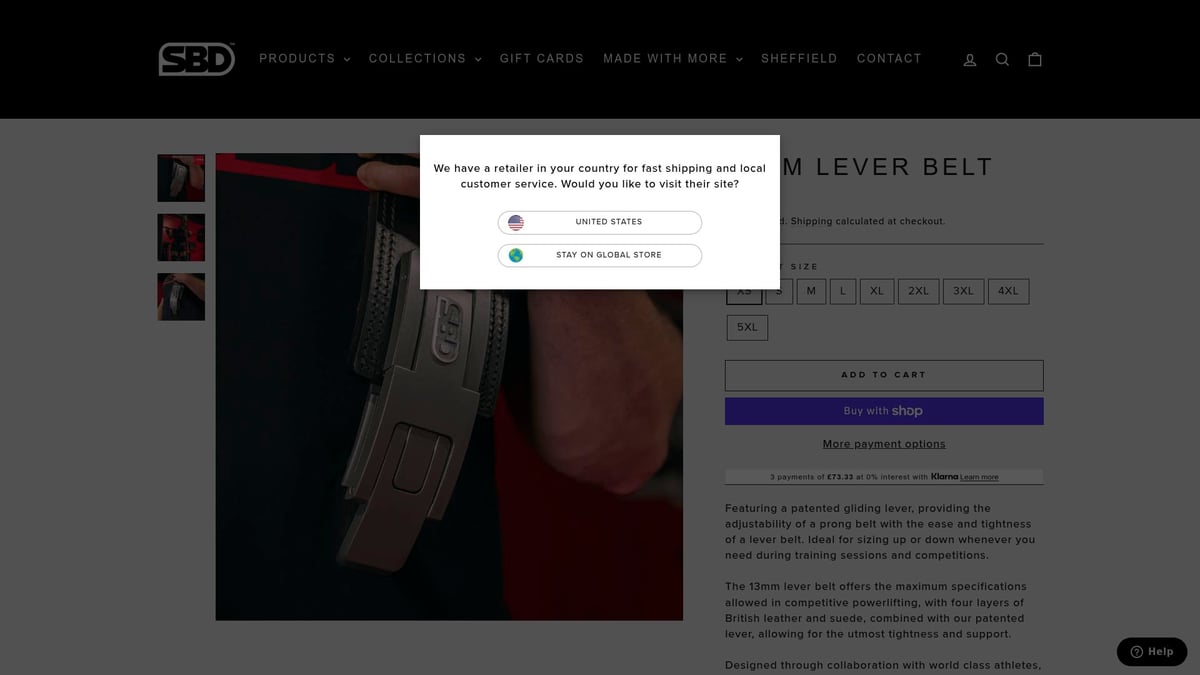
Key Features:
- 13mm thick English leather for unrivaled stiffness and support.
- Patented adjustable lever for a tailored fit.
- Black and red design, instantly recognizable in the lifting community.
- IPF approved for competition use.
Benefits:
- Delivers maximum support for heavy squats, deadlifts, and bench presses.
- Innovative lever makes quick adjustments easy, even between attempts.
Target Audience:
Competitive powerlifters and advanced lifters who want every advantage on the platform.
Pros:
- Renowned for top-tier support and build quality.
- The innovative lever offers a unique fit experience.
- Backed by a strong brand reputation and athlete endorsements.
Cons:
- The higher price range can be a barrier for some.
- Lever adjustment may take a little practice to master.
For those who demand the best, this is one of the most respected good lifting belts on the market.
Inzer Forever Lever Belt
The Inzer Forever Lever Belt is legendary among good lifting belts, trusted by competitive lifters for decades. Priced from $129.95 to $149.95, it offers a proven track record and serious value.
Key Features:
- Choose between 10mm and 13mm thickness for your ideal support.
- Single-piece leather construction for maximum durability.
- Lever closure for fast, secure tightening.
- Comes with a lifetime warranty, reflecting its build quality.
Benefits:
- This belt is built to last, often outliving several pairs of lifting shoes.
- Customizable colors let you add a personal touch.
- Widely used in powerlifting competitions.
Target Audience:
Lifters who want a competition-grade, time-tested belt with a reputation for reliability.
Pros:
- Lifetime warranty gives peace of mind.
- Consistent, trusted performance at every level.
- Multiple thickness options to suit different needs.
Cons:
- Heavier than some other good lifting belts, which may be a factor for smaller lifters.
- The lever system can feel bulky on petite frames.
With its legendary durability, this belt remains a top pick for anyone seeking good lifting belts that stand the test of time.
Pioneer Cut Powerlifting Belt
The Pioneer Cut Powerlifting Belt is a favorite among those looking for innovative good lifting belts. Starting at $124.99, it offers both traditional quality and modern features.
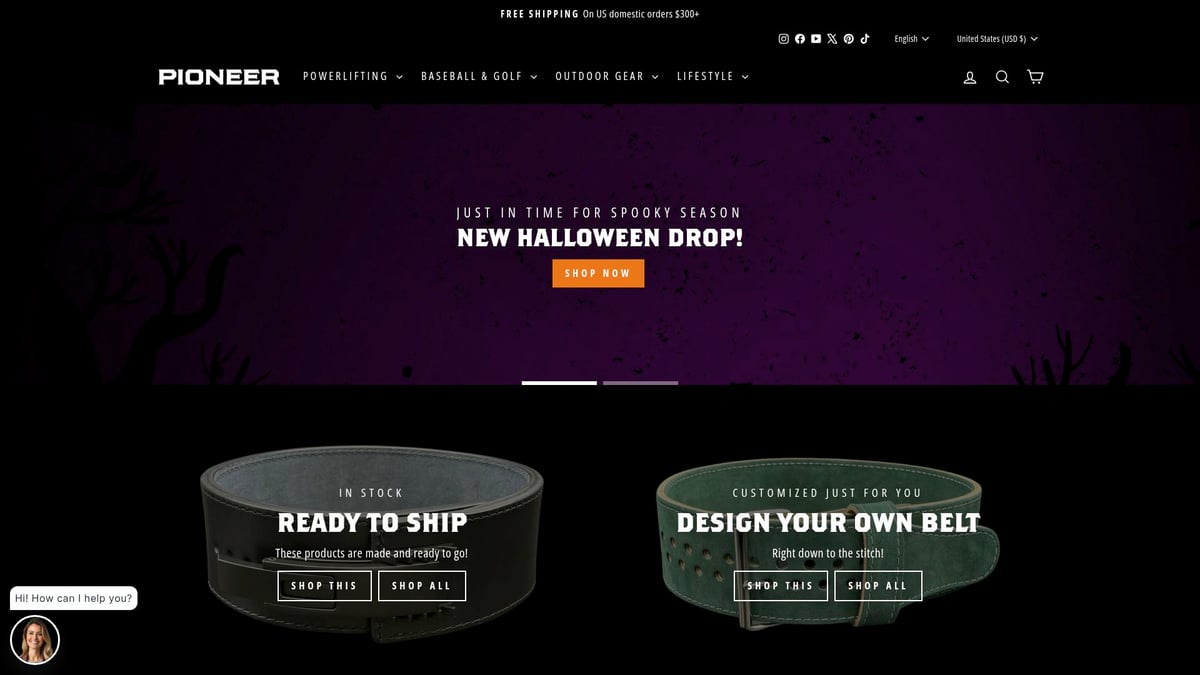
Key Features:
- 10mm thick leather for a blend of rigidity and comfort.
- Patented staggered hole system, enabling ½ inch adjustments for a precise fit.
- Single-prong buckle for a secure closure.
- Made in the USA, with custom color and design options.
Benefits:
- Ultra-precise sizing means you get optimal support every time.
- High-quality craftsmanship ensures long-term durability.
Target Audience:
Lifters who want a custom, fine-tuned fit and appreciate attention to detail in their good lifting belts.
Pros:
- Innovative adjustment system is unique in the market.
- Excellent build quality with options for personalization.
Cons:
- The prong buckle is slower to fasten compared to lever belts.
- Custom orders may have a longer lead time.
For those who value precision and comfort, this belt is at the forefront of good lifting belts in 2025.
Gymreapers Quick-Locking Nylon Belt
For athletes seeking versatile and affordable good lifting belts, the Gymreapers Quick-Locking Nylon Belt is a top pick at $39.99. It’s designed with functional fitness and dynamic training in mind.
Key Features:
- 4-inch wide nylon construction, lightweight but supportive.
- Quick-locking buckle for speedy adjustments.
- USAPL approved for competition.
- Machine washable for easy care.
Benefits:
- Perfect for CrossFit, Olympic lifting, and fast-paced workouts.
- Easy to adjust on the fly, making it practical for circuit-style training.
Target Audience:
CrossFitters, Olympic lifters, and beginners who prioritize flexibility and value in their good lifting belts.
Pros:
- Extremely affordable without sacrificing quality.
- Lightweight and comfortable for all-day wear.
- Quick-lock mechanism is reliable and simple.
Cons:
- Provides less rigid support than thick leather belts.
- Not recommended for max-effort powerlifting lifts.
This belt bridges the gap between performance and budget, ensuring everyone can access good lifting belts that fit their lifestyle.
Element 26 Self-Locking Weightlifting Belt
The Element 26 Self-Locking Weightlifting Belt is a great example of good lifting belts that balance support, flexibility, and affordability. At just $34.97, it’s accessible to nearly all lifters.
Key Features:
- 4-inch uniform width for consistent support.
- Self-locking buckle for maximum security.
- Lightweight nylon construction.
- Lifetime warranty for peace of mind.
Benefits:
- Ideal for WODs, dynamic movements, and general gym use.
- Competition approved for functional fitness athletes.
Target Audience:
Functional athletes, general gym users, and anyone seeking budget-friendly good lifting belts.
Pros:
- Inexpensive yet reliable.
- Secure locking system prevents accidental loosening.
- Lightweight and easy to travel with.
Cons:
- Not as supportive as thicker leather options for heavy powerlifting.
- Fewer color choices available.
If you’re looking for a belt that’s easy to use, travel-ready, and still offers good support, this is a smart choice among good lifting belts for 2025.
How to Choose the Right Lifting Belt for Your Needs
Choosing among good lifting belts can feel overwhelming, especially with so many options in 2025. The right choice depends on your training style, goals, comfort, and budget. Let’s break down the essential factors for picking the best belt for your needs.
Assessing Your Lifting Goals and Training Style
Start by defining what you want from good lifting belts. Are you focused on powerlifting, Olympic lifting, or general fitness? Each discipline has unique demands.
- Powerlifters often need thick, rigid support for max squats and deadlifts.
- Olympic lifters benefit from flexibility for dynamic moves like cleans and snatches.
- General gym-goers might prioritize comfort and versatility.
If you want more detail on how belt types fit different training styles, check out this helpful guide to types of weightlifting belts.
Matching your primary lifts to the right belt ensures optimal stability, comfort, and results.
Understanding Sizing and Fit
Proper sizing is crucial when shopping for good lifting belts. Measure your waist at the point where the belt will sit—not your pants size.
- Most brands provide a sizing chart. Always consult it before buying.
- The belt should fit snugly but not overly tight.
- Try adjusting the fit with different closure holes or lever settings.
A poorly fitted belt can limit support and potentially cause discomfort. Avoid common mistakes like guessing your size or wearing the belt too high or low. Accurate measurement leads to better performance and safety.
Material and Closure Mechanisms
Material and closure style set apart good lifting belts. Leather belts offer unmatched rigidity and durability, favored for heavy lifting. Nylon belts are lighter and more flexible, ideal for CrossFit or functional movements.
Closure types include:
- Lever: Fast, super secure, but needs a tool to adjust.
- Prong: Traditional, adjustable, but slower to fasten.
- Velcro: Quick, easy, but less supportive under max loads.
Explore this comparison of weightlifting and powerlifting belt differences for deeper insight into material and closure impacts on performance.
Choosing the right combination maximizes both support and convenience.
Budget Considerations and Value
Good lifting belts come in a wide price range. High-end belts offer premium materials and durability, while budget-friendly options can still provide reliable support.
- Consider how often you’ll use the belt.
- Weigh upfront cost against expected lifespan.
- Premium belts usually last longer and may have warranties.
For most lifters, investing a bit more in a quality belt pays off over time. However, beginners or those on a tight budget can still find solid options.
Certification and Competition Requirements
If you plan to compete, check that your belt meets federation standards. Organizations like IPF, USAPL, and IWF have strict guidelines on width, thickness, and closure type.
- Look for belts labeled as competition-approved.
- Always double-check rules before a meet.
Choosing a certified belt ensures you can use it both in training and on the platform, saving you from last-minute surprises.
Proper Use and Maintenance of Lifting Belts
Learning how to use and care for good lifting belts is essential for both safety and longevity. Even the highest quality belt can underperform if worn incorrectly or neglected. Let’s break down the best practices to help you get the most out of your investment.
How to Wear a Lifting Belt Correctly
Wearing good lifting belts properly can make a dramatic difference in support and comfort. Start by centering the belt around your midsection, usually over the navel, but adjust slightly based on your body type and the type of lift. Tighten the belt so it feels snug but allows for a full breath of air.
- Place the belt just above the hip bones
- Tighten until secure, but not painfully so
- Take a deep breath to brace your core before each rep
Common mistakes include wearing the belt too high or low, overtightening, or using it on every single exercise. Proper placement ensures the belt supports your core, not just your lower back.
When (and When Not) to Use a Belt
Good lifting belts are most effective on heavy compound lifts like squats, deadlifts, and pressing movements. Use the belt when you’re lifting loads at or above 80% of your max, or whenever you feel your core stability may be challenged.
However, avoid relying on a belt for warm-up sets, accessory work, or light training days. Overusing a belt can lead to weaker stabilizer muscles over time. Research shows that judicious use supports strength gains without sacrificing core development.
Care and Cleaning Tips
Proper care extends the life of good lifting belts. For leather belts, wipe them with a damp cloth after each session and let them air dry. Use leather conditioner occasionally to prevent cracking. Nylon belts can be hand-washed with mild soap and water, then hung to dry.
Store your belt flat or rolled loosely in a cool, dry place. Avoid leaving it in gym bags for long periods, as trapped moisture can degrade the material. For more detailed maintenance guides, check out these blog articles on weightlifting belts.
Troubleshooting Common Issues
Discomfort, pinching, or slipping can happen even with good lifting belts. If your belt pinches, try adjusting its position slightly or loosening it one notch. Slipping usually means the belt is too loose or the closure mechanism is worn out.
Inspect your belt regularly for fraying, cracks, or bent hardware. Replace your belt if it no longer provides firm support or shows significant wear. If you need personalized help, reach out through Contact for Lifting Belt Advice.
Pro Tips from Coaches and Athletes
Elite lifters recommend using good lifting belts as a tool, not a crutch. Practice bracing your core with and without the belt to maximize long-term strength. Many athletes keep a training log, noting when and how they use their belt for best results.
Learning from others’ experiences can help you unlock new levels of safety and performance. Always listen to your body and seek advice if you encounter persistent issues.
Now that you know what makes a great lifting belt and have a solid list of the top picks for 2025, it’s all about finding the gear that feels right for you. Whether you’re hitting new PRs, dialing in your form, or just want that extra boost of confidence every time you step up to the bar, having the right support can make a huge difference. If you’re ready to take your training seriously and invest in quality that lasts, why not Level up your lifts with Katamu’s premium gear? Your back—and your future self—will thank you.
